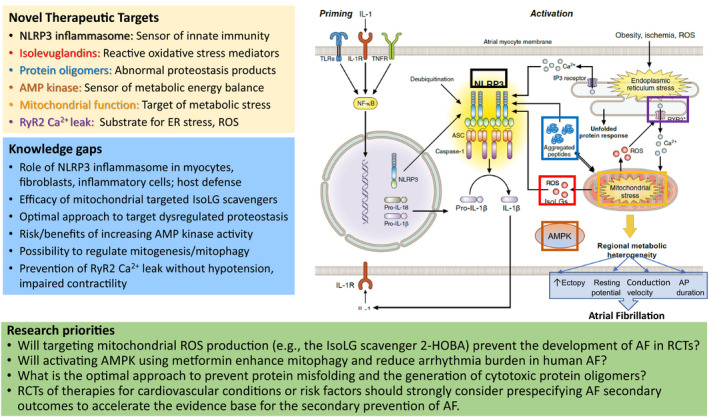Figure 6. Emerging pharmacologic targets for the prevention of atrial fibrillation (AF).

Molecular components involved in priming and activation of the NLRP3 (nucleotide‐binding domain‐like receptor protein 3) inflammasome, which has been linked to AF susceptibility. Obesity and ischemia promote endoplasmic reticulum (ER) stress and mitochondrial stress/dysfunction. These increase production of reactive oxygen species (ROS) and isolevuglandins (IsoLGs). ROS and IsoLGs promote aggregation of intracellular peptides/oligomers that can further impair mitochondrial function and activate NLRP3‐induced cytokine production. AMP‐activated protein kinase (AMPK) plays a central role in cellular metabolism and energy homeostasis, and reduced AMPK activity causes spontaneous AF in animal models. Increased spontaneous Ca2+ release from the sarcoplasmic reticulum contributes to atrial ectopy that can initiate episodes of AF. AP indicates action potential; ASC, apoptosis‐associated speck‐like protein containing a caspase recruitment domain; 2‐HOBA, 2‐hydroxybenzylamine; IL, interleukin; IP3, inositol trisphosphate; NF‐κB, nuclear factor κ light chain enhancer of activated B cells; RCT, randomized controlled trial; RyR2 Ca2+, cardiac ryanodine receptor; TLR, toll‐like receptor; TNFR, tumor necrosis factor receptor.
